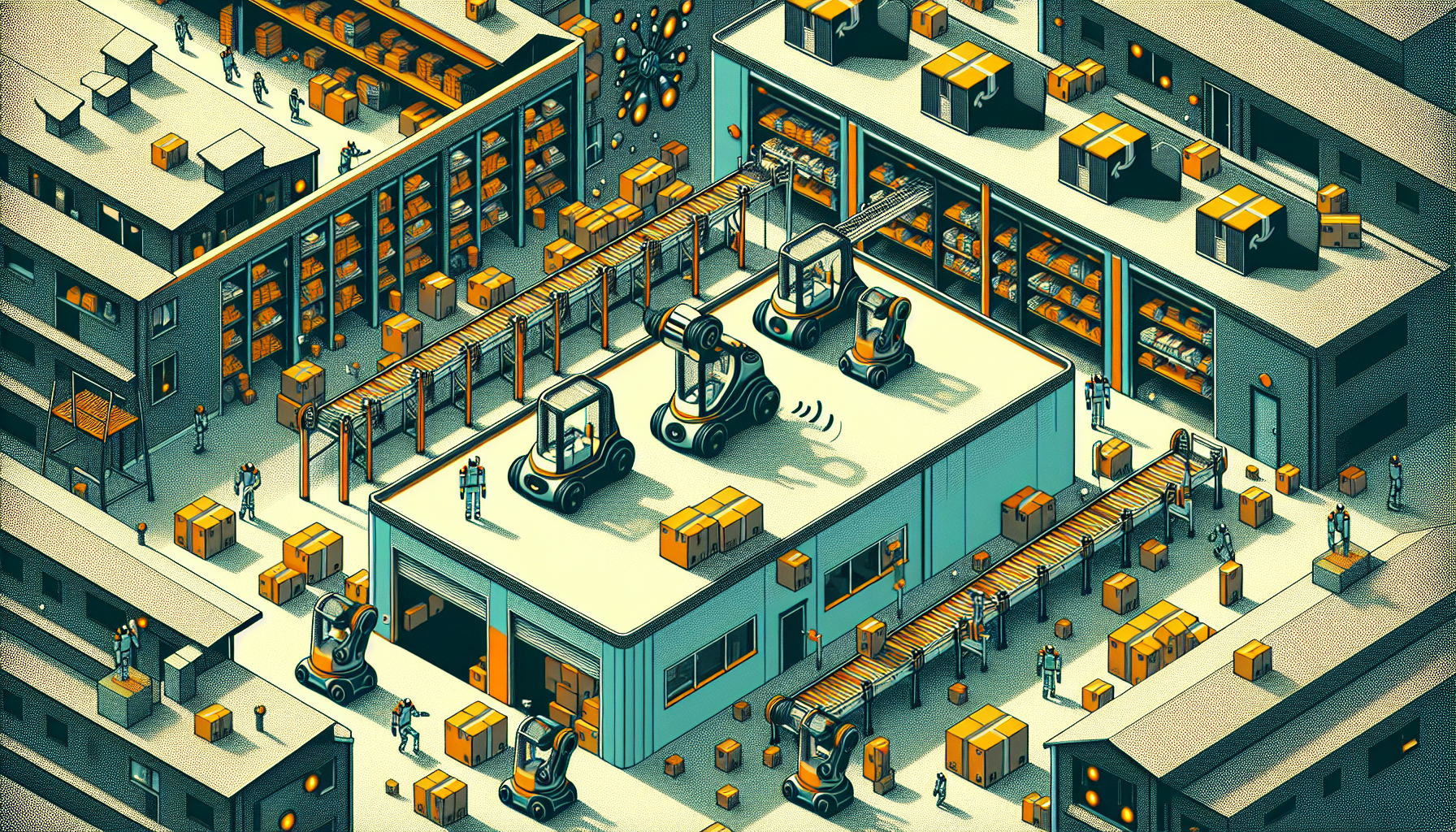Amazon is moving swiftly toward a new era. Over the next two years, the company plans to automate 75% of its warehouse operations, reshaping how it delivers products to millions of homes. This transformation is not just about efficiency—it is set to change the daily lives of workers and the places where they live.
The Rise of Robotics in Amazon Warehouses
Behind every item shipped from an Amazon facility, there is a carefully designed process. Now, robots are increasingly replacing humans in these tasks. In Shreveport, Louisiana, Amazon already relies on more than a thousand robots to handle packages after the first stage of processing. Because of these changes, the local workforce has been reduced by about a quarter in just a year. Amazon expects that, with further automation, half the jobs at this site could disappear.
This is only the beginning. Amazon has set its sights on bringing the “Shreveport model” to around 40 more warehouses by the end of 2027, including a major new center in Virginia Beach. If these plans unfold as expected, the company would avoid hiring some 600,000 new workers in the United States by 2027.
The Company’s Perspective
Why this shift? The answer is efficiency and cost. By automating its warehouses, Amazon could save about $12.6 billion in labor expenses between 2025 and 2027. The company also believes that robots—sometimes called “cobots,” meaning collaborative robots—will allow even more packages to be shipped, doubling deliveries by 2033 with fewer people on the payroll.
Amazon is aware of the significance of these changes. Internally, it is careful with its language, avoiding terms like “automation” or “AI” in its public messaging. The company prefers gentler terms and is considering increasing its support for community programs, such as Toys for Tots, to strengthen its public image and reassure communities affected by job losses.
Voices of Caution
While Amazon paints a vision of innovation and progress, not everyone sees only opportunity. Daron Acemoglu, a Nobel Prize-winning economist, has voiced deep concerns. He warns that Amazon’s drive for automation could make it a “net job destroyer” in America, a leader in a race that other companies may soon join. His message is clear: if Amazon finds profit in moving quickly toward robotics, others could follow, putting millions of traditional jobs at risk.
Impact on Communities
The effects of these changes will ripple far beyond the walls of Amazon warehouses. In many small towns across the United States, Amazon provides one of the few stable sources of employment. These jobs are often the backbone of the local economy, helping families put food on the table and supporting entire communities.
Rapid automation could upend this stability. As robots take over routine tasks and warehouses need fewer people, local economies may struggle. For the affected towns and their residents, this technological leap could mean uncertainty, job loss, and a fight to adapt.
The Road Ahead
Amazon’s vision is bold. The company’s commitment to integrating robotics into nearly every aspect of warehouse work promises efficiency and remarkable cost savings. For some, this marks a remarkable step toward the future. For others, it brings difficult questions about the cost to American workers and the well-being of whole communities.
What remains clear is that the decisions Amazon makes in the coming years will have profound effects, not only for its operations, but for countless lives throughout the country. As automation advances, the nation faces a moment of reflection—on technology, progress, and the value of human work.

Leave a Reply